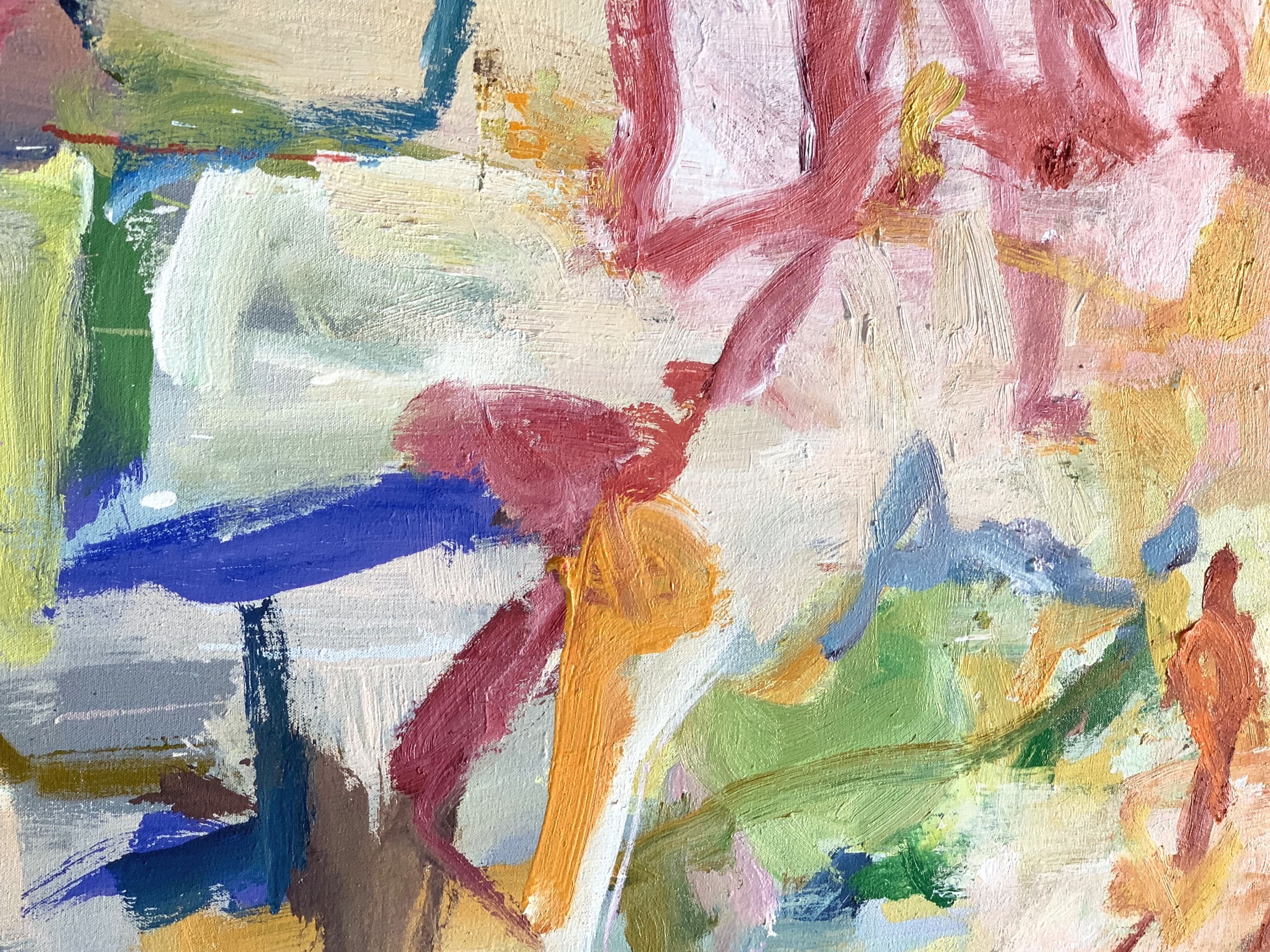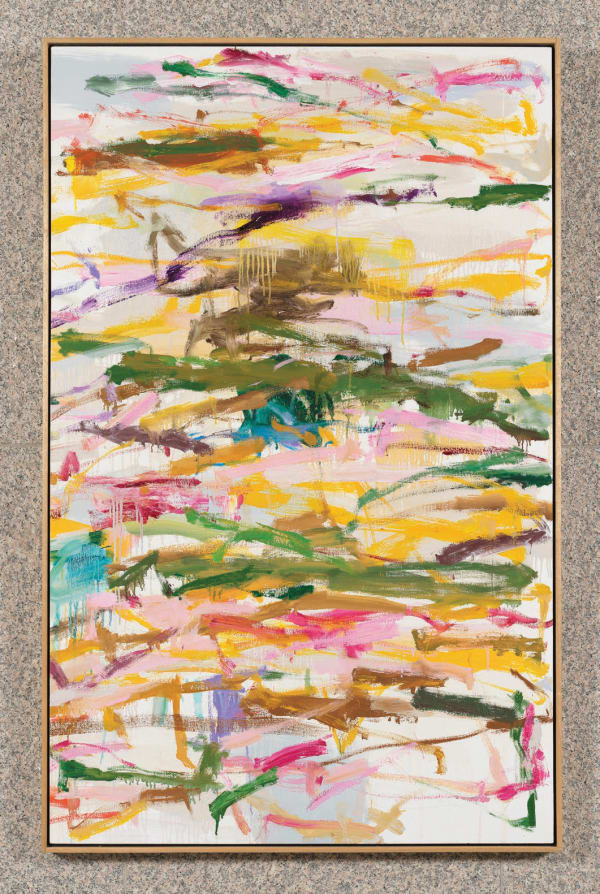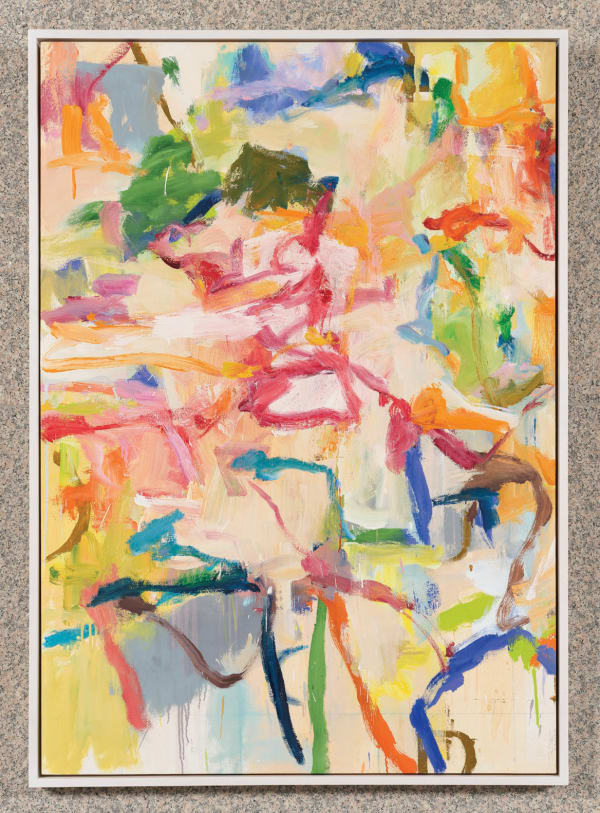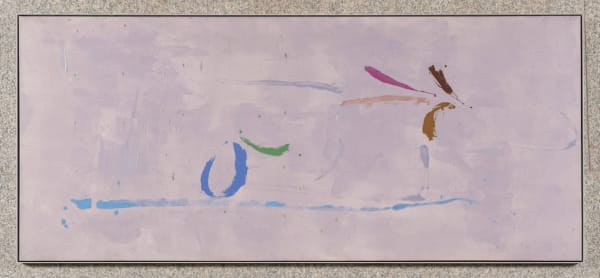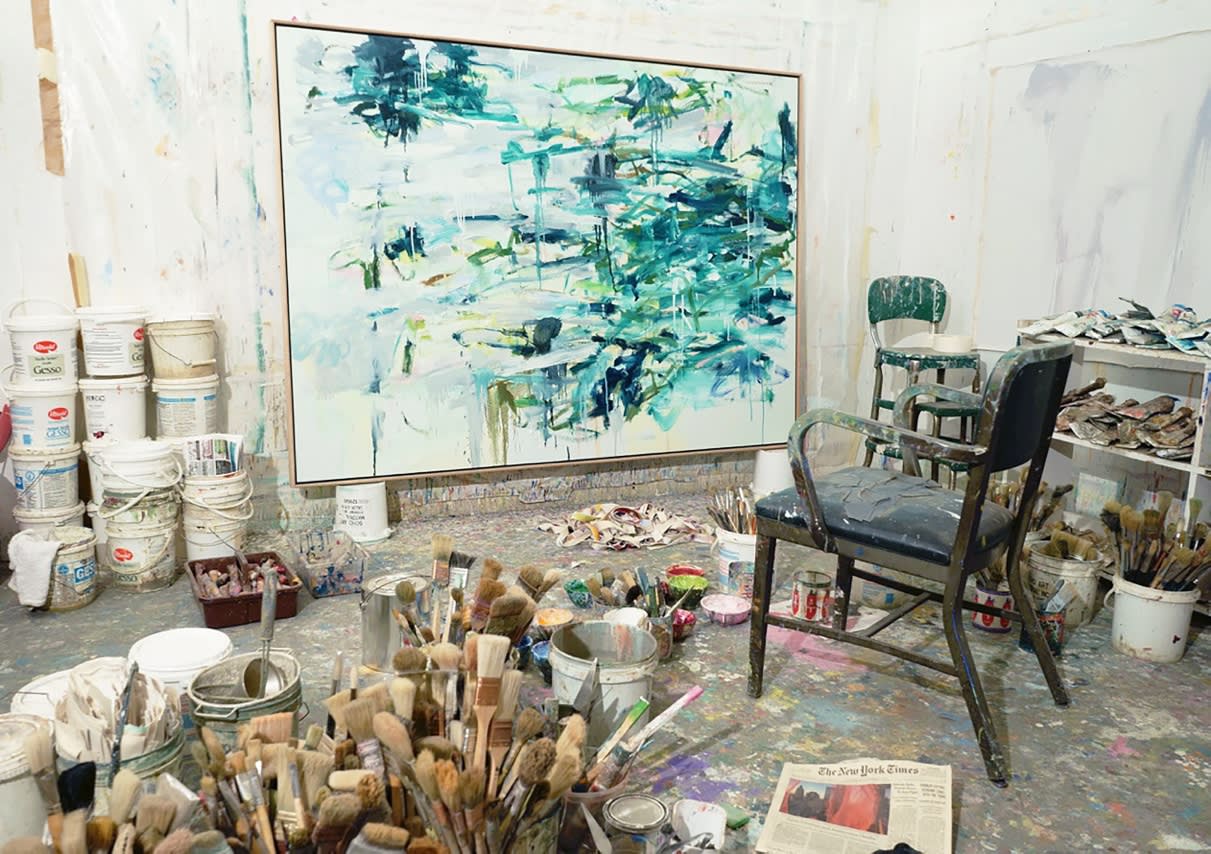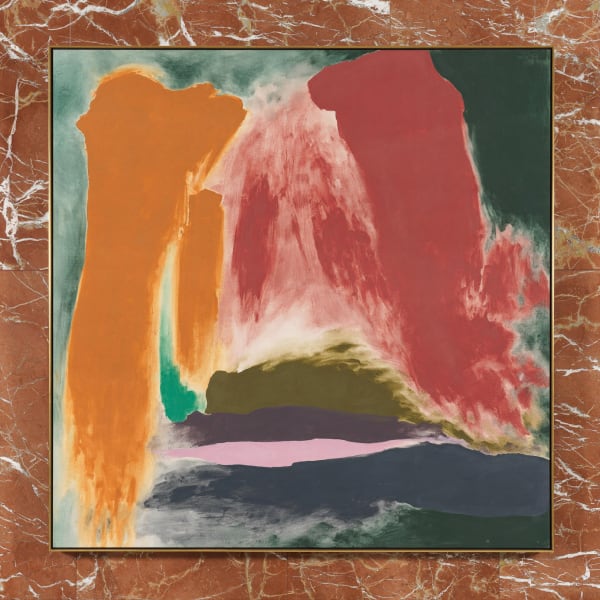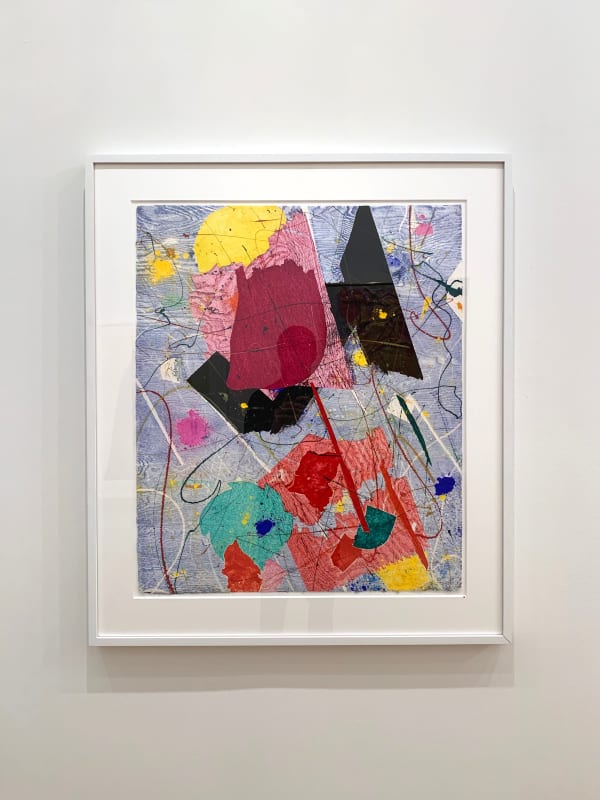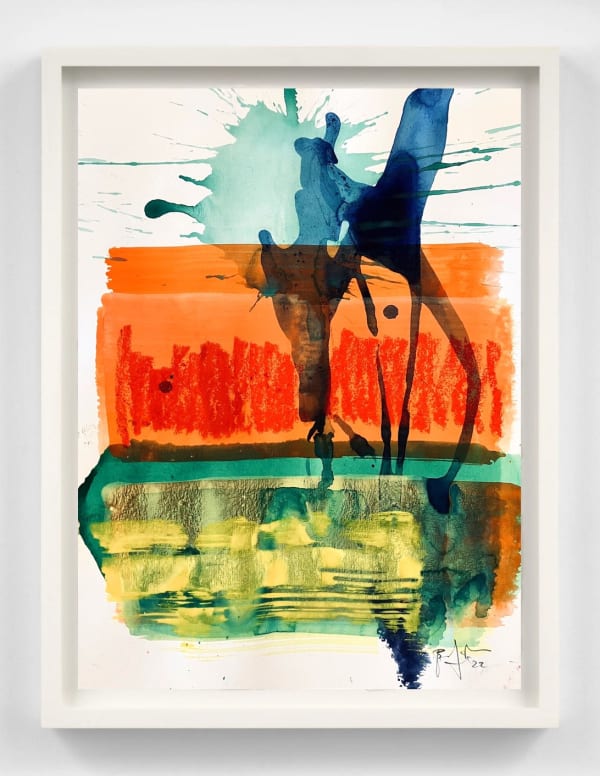-

-
Online
Chroma
Dine, Dzubas, Francis, Kowski, Saito, Tint, Zimmer
Chroma explores the evolving practice of paint handling and color use in contemporary art, illustrating the rich interplay of tradition and innovation among 7 artists. The exhibition offers an exploratory appreciation of color in painting and print.
Chroma draws widely from local sources, including private collectors, galleries, and the artists themselves, and it includes Jim Dine, Friedel Dzubas, Sam Francis, Uwe Kowski, Kikuo Saito, Francine Tint, and Bernd Zimmer. -
 Saito's Studio, New York.
Saito's Studio, New York. -
 Kikuo Saito, Copper Tree, 1993
Kikuo Saito, Copper Tree, 1993
-
Taking issue with Harold Rosenberg (another important champion of abstract expressionism), who wrote of the virtues of action painting in his article American Action Painters published in the December 1952 issue of ARTnews, Greenberg observed another tendency toward all-over color or color field in the works of several of the so-called "first generation" abstract expressionists. However, by the late 1950s and early 1960s young artists had already began to break away stylistically from abstract expressionism; experimenting with new ways of making pictures; and new ways of handling paint and color.
-
 Friedel Dzubas, Newboro, 1977
Friedel Dzubas, Newboro, 1977 -

FRANCINE TINT ROOM OF MIRRORS, 2023
-
 Bernd Zimmer painting.
Bernd Zimmer painting. -
 Jim Dine, Heart in the Sand, 2006
Jim Dine, Heart in the Sand, 2006 -
To inquire about works by any of the artists featured in Chroma, please email us at info@upsilongallery.com.
Chroma: Dine, Dzubas, Francis, Kowski, Saito, Tint, Zimmer
Past viewing_room
